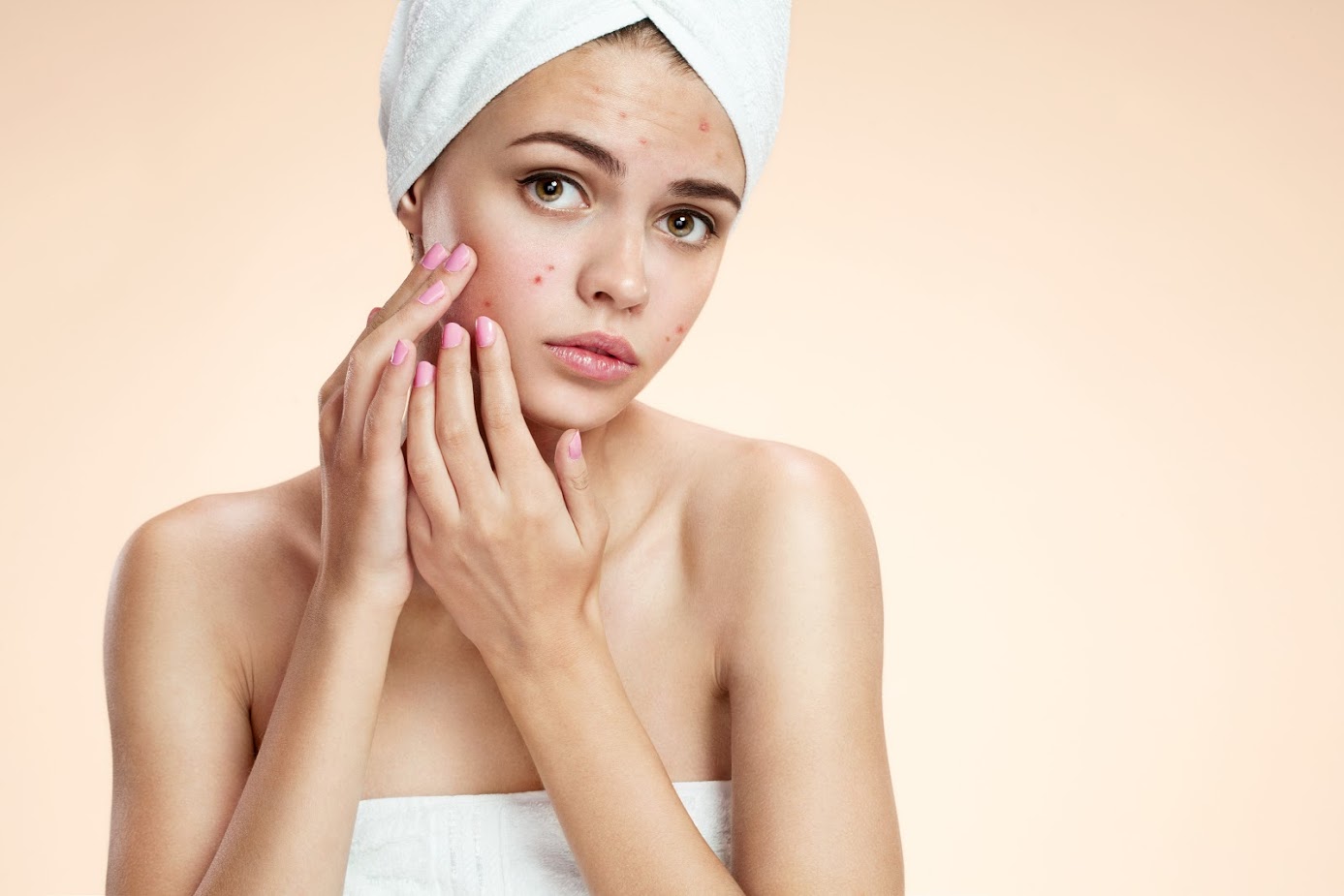
Acne 101: The 5 Most Common Blemish Types & Howto Get Rid of Them
According to the American Academy of Dermatology, acne is the most common skin condition in the United States. Approximately 50 million people are affected. Acne occurs for a variety of reasons, including genetics, hormones, stress and some medications. Regardless of the cause, acne is best treated through a strict skincare routine. While many can cure acne with over-the-counter products, some may need professional, dermatological care to combat their blemishes. Here are the five most common types of blemishes and how to get rid of them.
Comedones
Comedones, AKA blackheads, are open pores that are blocked with sebum, bacteria and debris. Interestingly, all blemishes start out as comedones; they don’t get ugly and puss-filled until infection sets in. The key to controlling blackheads and acne is to prevent pore blockages before they occur through a regimented skincare routine. Your dermatologist can help you find the perfect medication to dissolve your blocked pores. However, if you must get something over-the-counter, use a product with salicylic acid in it. Manually removing blackheads is possible, but it can be tricky to do at home. Whenever you squeeze, push or prod a blemish, you run the risk of pushing the gunk further into your skin, resulting in an infection. At home, you can use pore strips to remove some of the debris. However, they don’t work all the time. If you truly wish to get rid of blackheads manually or if you have a big, stubborn one, ask your dermatologist to do it for you. They have special equipment that makes it both easy and safe.
Papules
Papules are not zits, but they can eventually become zits. Appearing as red, inflamed spots on the skin, papules occur when the debris residing in a blocked pore enters the surrounding skin, causing irritation. This only occurs when the contents of a blocked pore is under extreme pressure, either from the buildup of material or from pressure applied from the outsize, i.e. trying to manually remove a blackhead. Papules are not deep, nor do they scar. Since there is nothing inside them, squeezing them is pointless. The best thing you can do is to leave it alone and let it heal.
Pustules
Pustules are zits, pimples or whiteheads, whichever you prefer to call them. Pustules occur when pore debris enters the skin and the body starts to attack it with white blood cells, creating pus. Again, do not try to pop pustules. Treat them with topical medications prescribed by your dermatologist. If you’re using over-the-counter medication, use a spot treatment containing benzoyl peroxide.
Nodules
Nodules are deep and painful. They can also cause a lot of scarring. Nodules are basically pustules that occur deep within the skin. You may feel a hard, painful lump at the surface. Use ice to treat the pain and swelling associated with nodules. Also, see your dermatologist. Nodules do not respond to over-the-counter treatments. You will need prescription medication to combat them.
Cysts
Cysts are sacks of pus and fluid located deep within the skin. Most cysts start out as nodules and are nothing more than extremely infected blemishes. Cysts require dermatological surgical intervention. If you have a cyst, you must see your dermatologist to have it incised and drained. The treatment for preventing cysts is similar to that of preventing nodules. If you’re suffering from acne, do not take matters into your own hands. Trying to pop, pick at or remove blemishes on your own can result in infection and permanent scarring. If you wish to get rid of annoying blemishes, contact Ashebor Dermatology & Skin Surgery Center and let us help you get rid of your acne.
